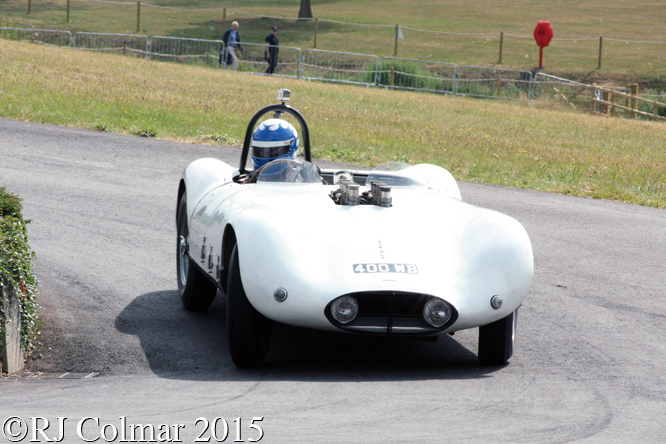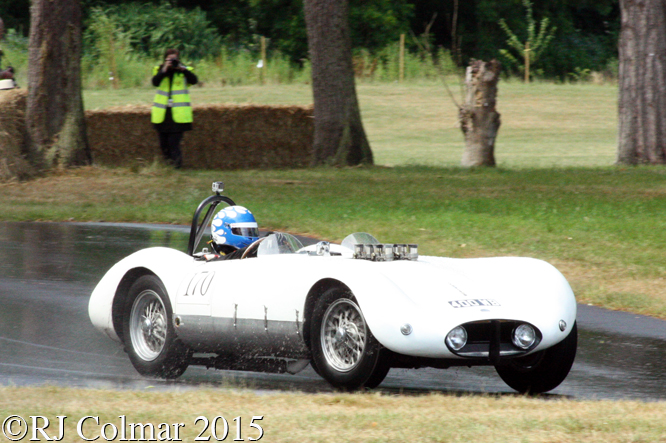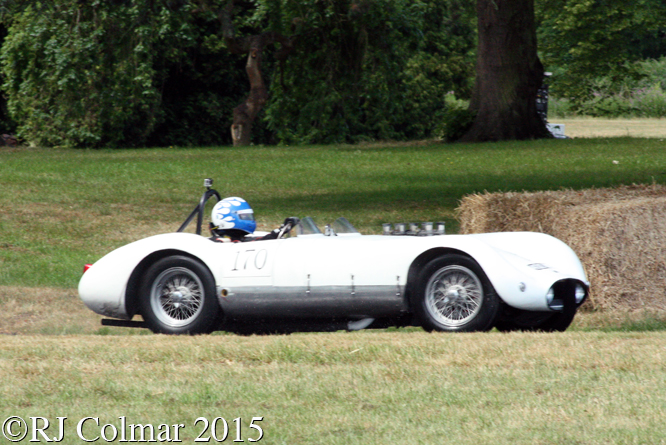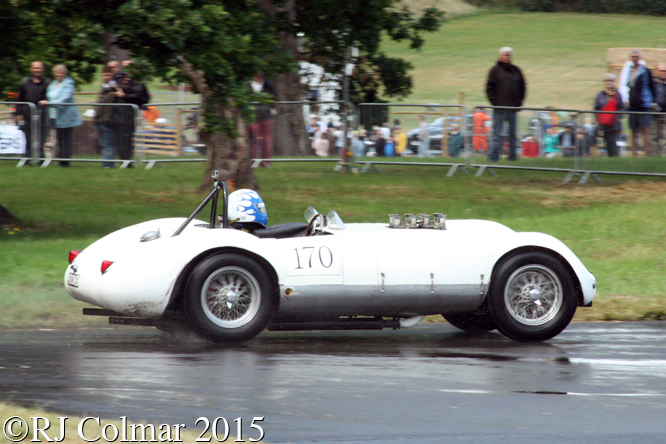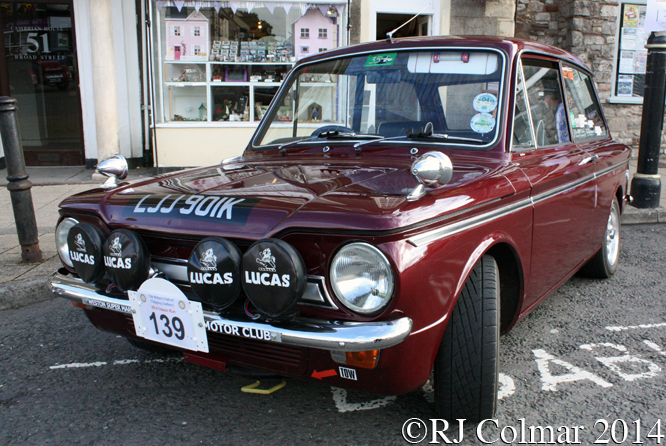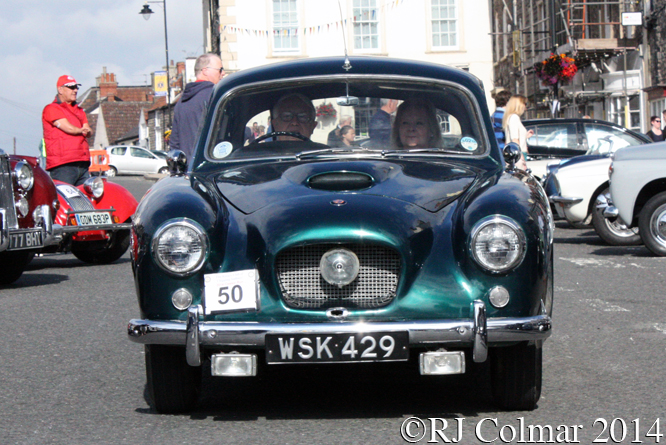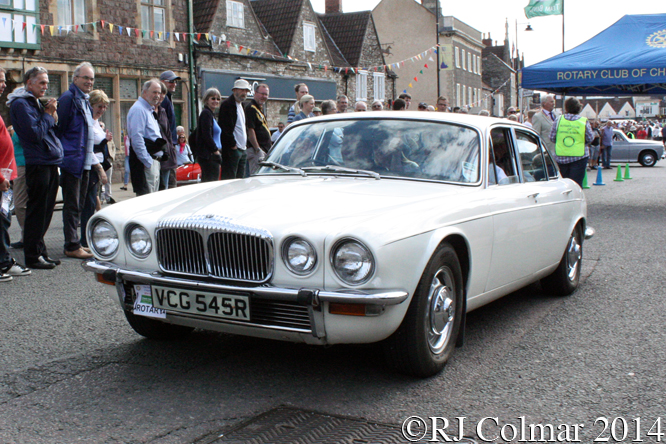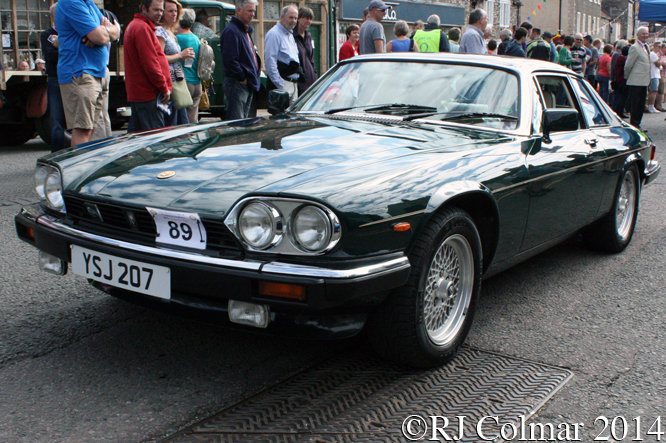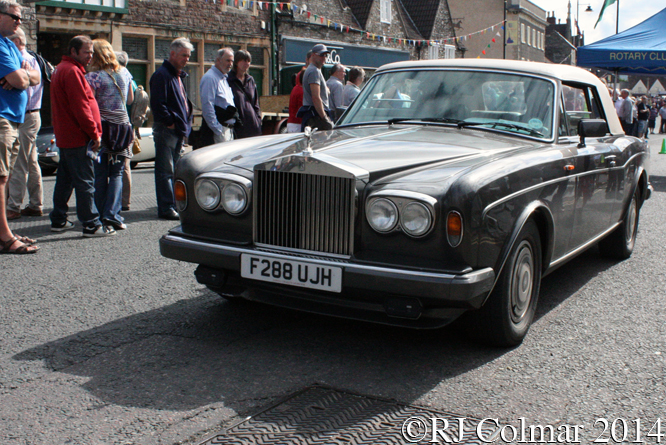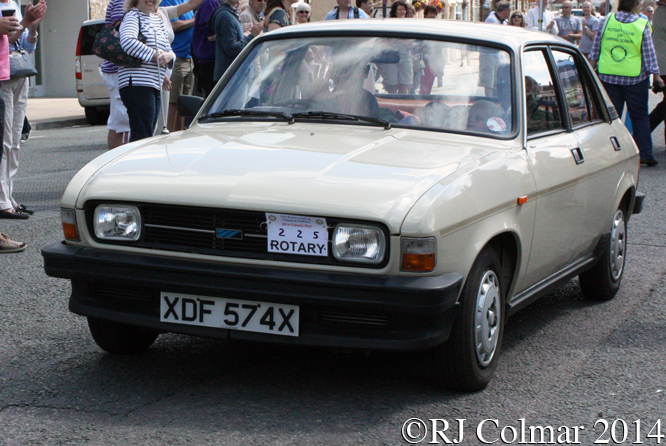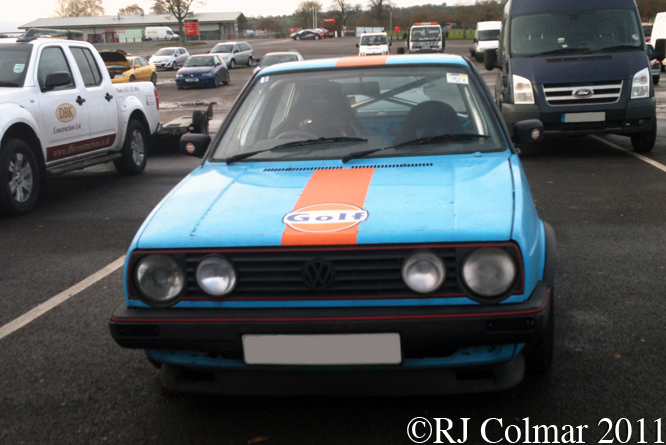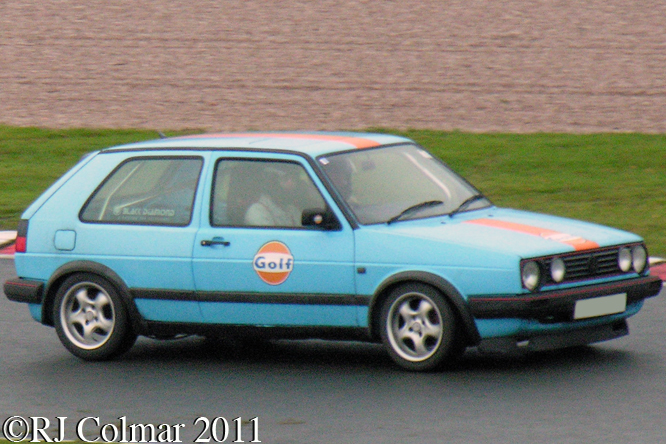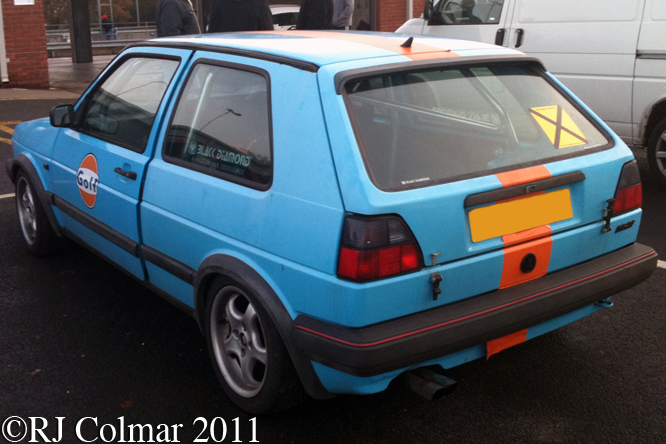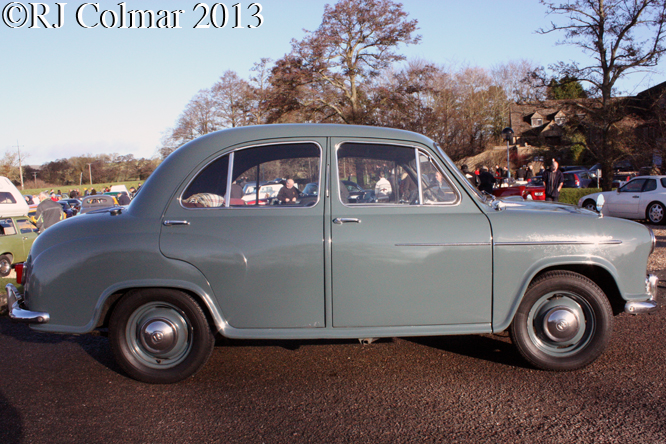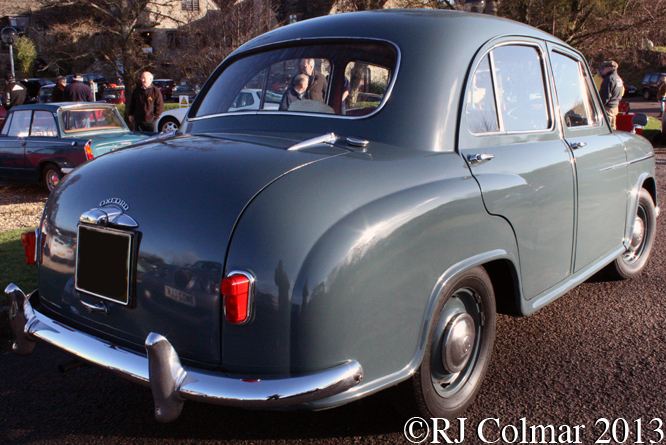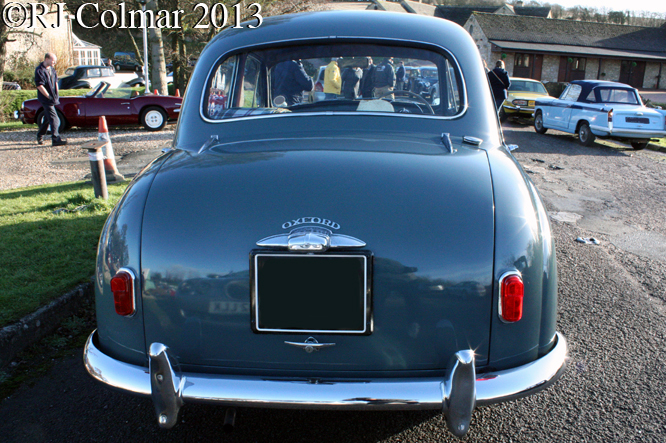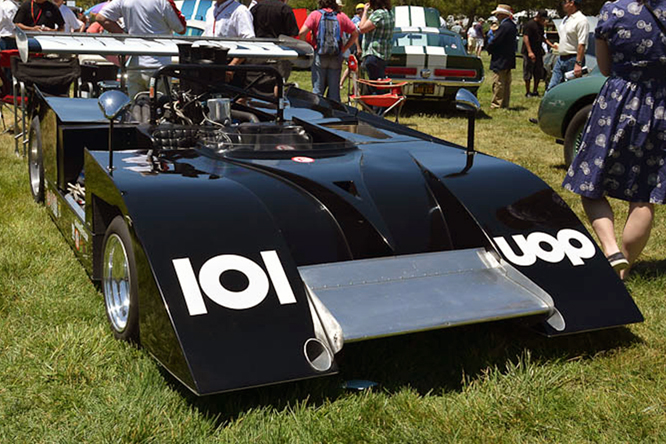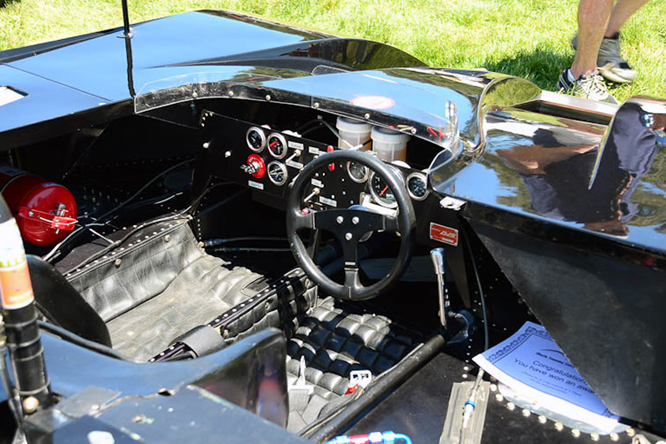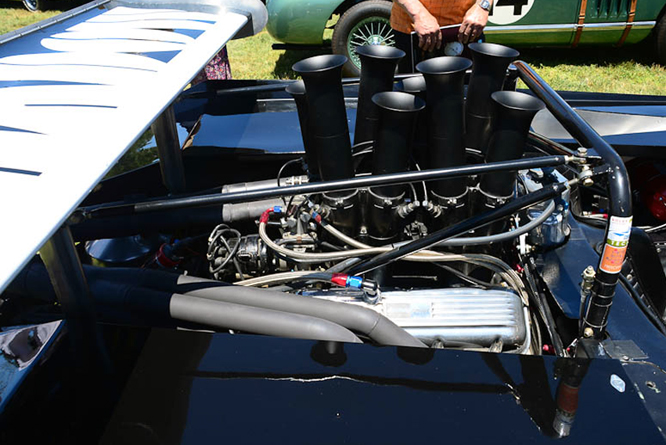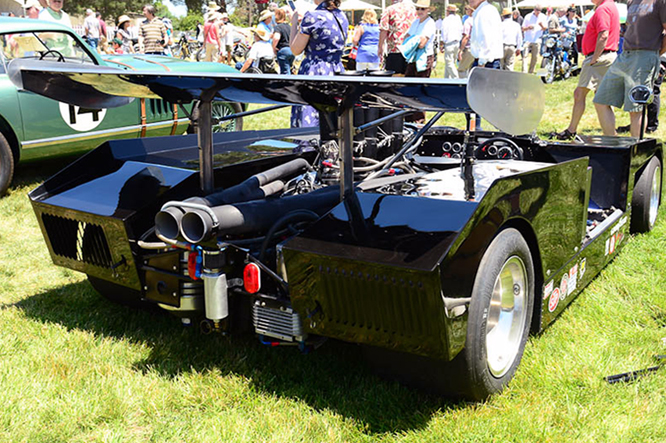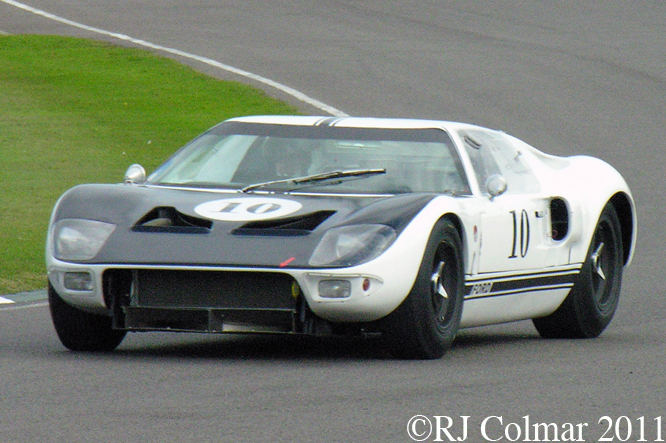Today’s blog is all about some of the classic competition vehicles at last weekends Classic Motor Show at the NEC in Birmingham.
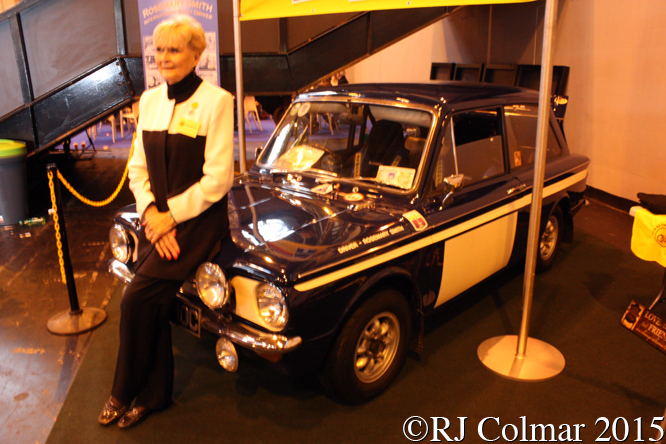
A couple of weeks ago I went to a talk at which Rosemary Smith, winner of the 1965 Tulip Rally driving the Hillamn Imp above, was to be the guest of honour, unfortunatley she had a fall and so could not make it so it was great to see her on her feet again at the Classic Motor Show despite the fact that some of her bones were still on the mend.
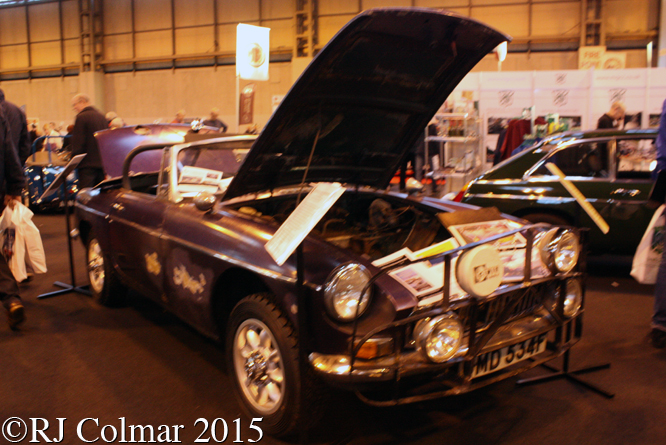
Rosemary drove a Ford Cortina Lotus on the 1968 London to Sydney Rally and finished 48th six places behind Jean Denton who drove the MGB GT Roadster seen above in need of some tlc, who finished 42nd.

Among the taller vehicles at the show was the road legal Gulf liveried Discovery Beetle, above, built on a shortened 1996 Land Rover Discovery chassis and fitted with a 300 TDi which being lighter and more aerodynamic than a standard Discovey goes well on the road and is perfect for off road trials.
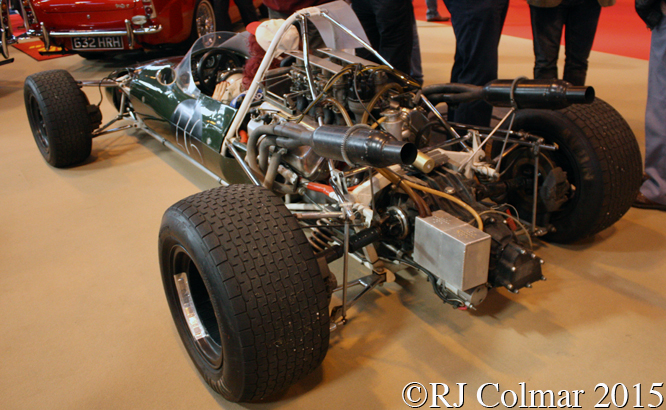
Having acquired a 1966 Cooper T81 formula one car and fitted it with a 7.2 litre / 440 cui wedge engine for hill climbing Martin Brain acquired a 1967 Cooper T87 Formula 2 chassis and had it fitted with a 2.5 litre / 152 cui Daimler hemi V8, more commonly found in the SP250 and V8 250 Daimler models, for hill climbing on tracks with tighter corners. The car was rescued from a Swedish Museum in 2011 by Gillian Goldsmith better known as a successful equestrian and car racer Gillian Fortescue-Thomas who has since competed with the Cooper Daimler as has her daughter Samantha.
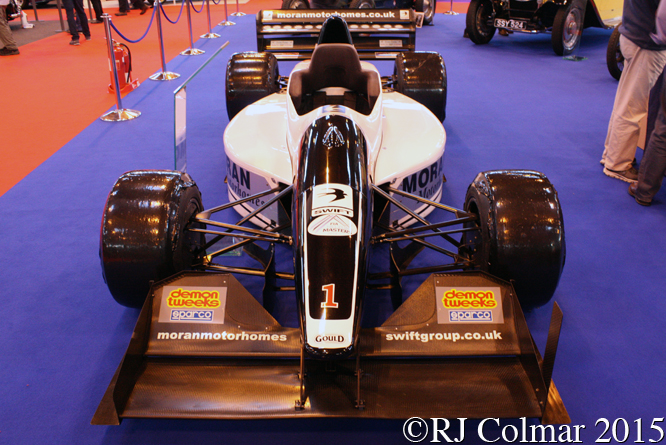
Powered by a 650 hp Nicholson McLaren Engines (NME) 3.5 litre / 213 cui development of the Cosworth HB Indy car engine the Gould NME GR61X is the most successful car ever to compete in British Hill Climbing with Scott Moran claiming 133 wins and Roger Moran claiming a further 16 and Alex Summers 8 since the cars first appearance in April 2005.
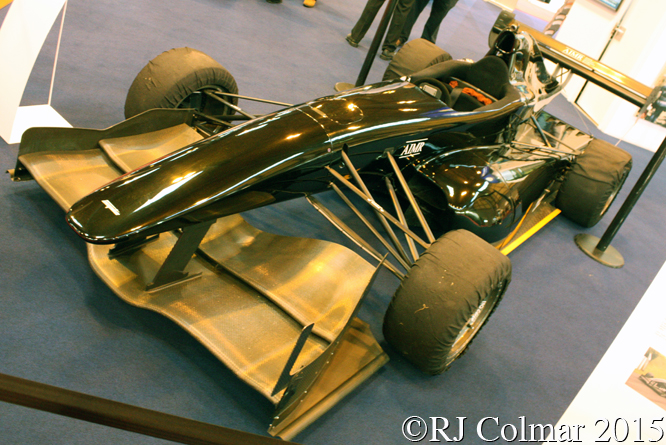
Successful Trike hill climber and Empire Racing Cars founder Bill Chaplin called Dutch born Formula One aerodynamicist Willem Toet, most recently at Sauber, to work on the Empire Wraith hill climb challenger which is powered by a 180hp Suzuki GSR K8 motor. This example built at the Empire factory in Stathe Somerset in 2013 is the first of three built to date and is driven by Clive Austin and Chris Aspinall.
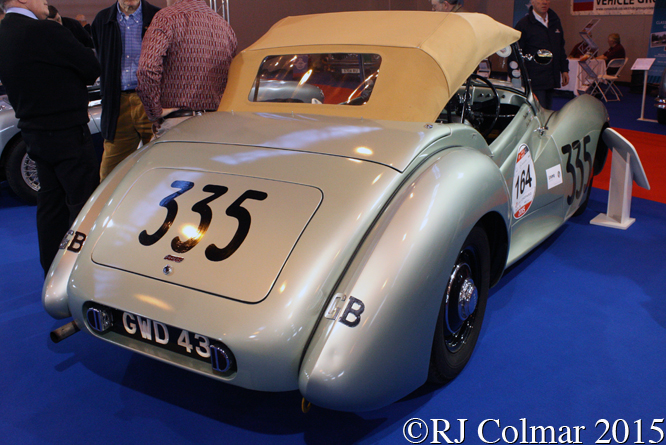
In 1948 Donald Healey and Geoffrey Healey drove the Healey Westland above to a ninth place finish on the Mille Miglia, the following year Tommy Wisdom and Geoffrey finished 10th in the same event in the same car.

By 1959 former de Haviland aircraft engineer Frank Costin had a CV that included designing the Vanwall Grand Prix challenger that won the inaugural World Constructors Championship in 1958 and subsequent demand for his attention included that of Jem Marsh with whom he founded Marcos Engineering in Dolgellau, North Wales. The prototype Marcos, using the same plywood construction techniques de Haviland used to build the Mosquito fighter bomber the Vampire jet fighter, built in 1959 powered by a Ford 100E engine is seen above awaiting some well earned tlc having disappeared in Lincoln for many years.
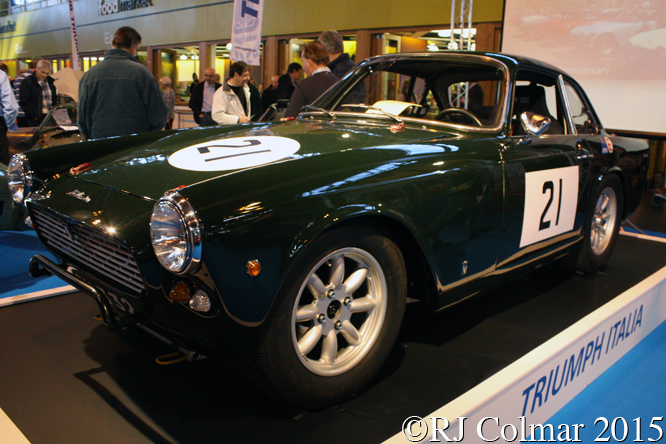
Only 329 Italia 2000 GT’s were built by Vignale and in 1996 Jorg Von Appen had #210, one of five Italia’s he owned converted to race spec to take part in the TR Race series, it survived four races and was recently purchased by the proprietor of Patterson’s Original Pickles.
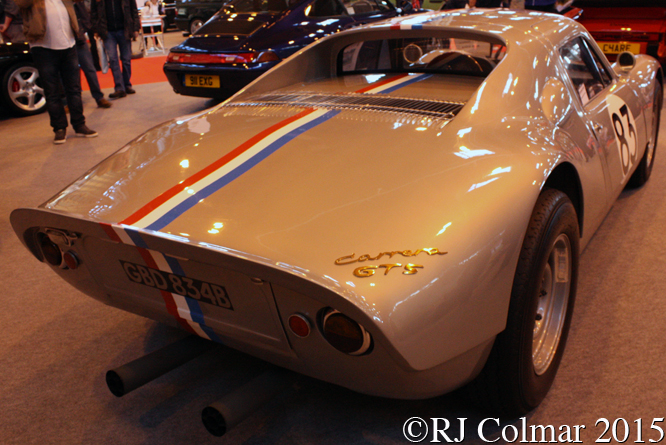
After withdrawing from Formula One at the end of 1962 Porsche built their first tube framed fiberglass bodied sports car which would culminate in the development of the 917 and later 936 models, originally known as the 904 Porsche badged the car Carrera GTS in deference to Peugeot’s ‘digit “0” digit’ numbering system. The GTS seen here was I believe used in competition by Claude Barbier and possibly later by Cyr Febbrairo.
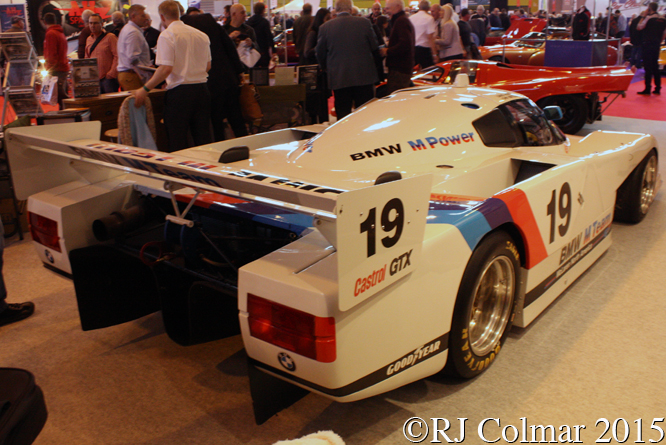
No doubt much to the annoyance of Formula Ring Meister Bernie Ecclestone the manufacturer who supplied the engines for his Formula One Brabham team split it’s efforts in 1986 between Formula One and the IMSA GTP series and invested in four March 86G chassis and fitted them with a 2 litre / 122 cui version of the BMW engine that had powered Nelson Piquet to the World Championship in 1983. A BMW GTP was driven to it’s only victory by Davy Jones and John Andretti in the Watkins Glen 500, while the Brabham BMW team scored on 2 championship points in the worst season for the team up to that time.
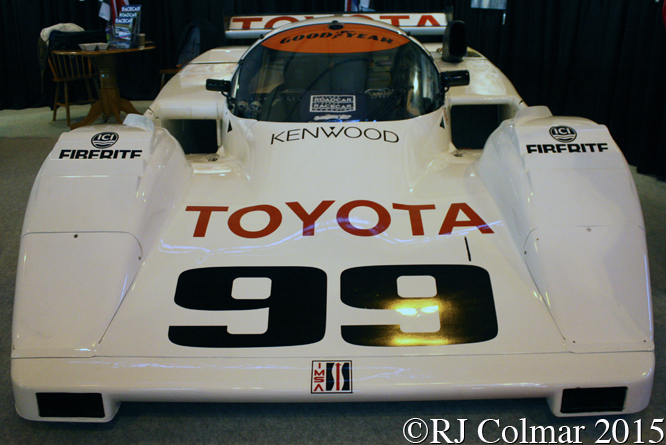
Dan Gurney’s All American Racers graduated to the IMSA GTP class in 1989, after claiming the driver’s and constructors’ championships in the GTO division Chris Cord in 1987, the teams all new HF89 was designed by Ron Hopkins and Hiro Fujimori and the following year Argentina’s Juan Manuel Fangio II drove HF89’s to three victories in the Topeka 300, Sears Point 300 with Rocky Moran and Del Mar Fairgrounds Road Circuit in November 1990.
Thanks for joining me on this “Classic Competition Cars” edition of Gettin’ a li’l psycho on tyres” I hope you will join me again tomorrow when I’ll be looking at a Carrera Panamericana challenger. Don’t forget to come back now !


